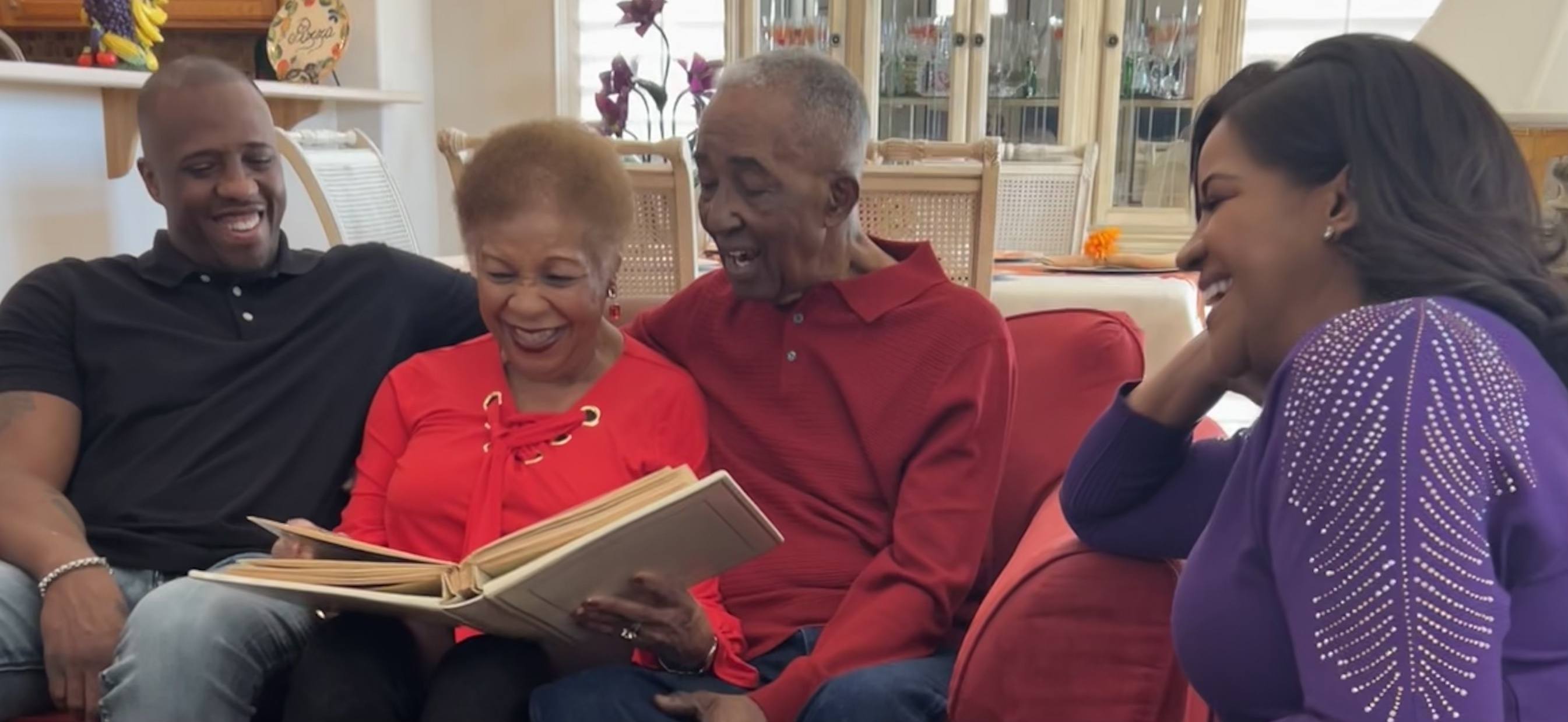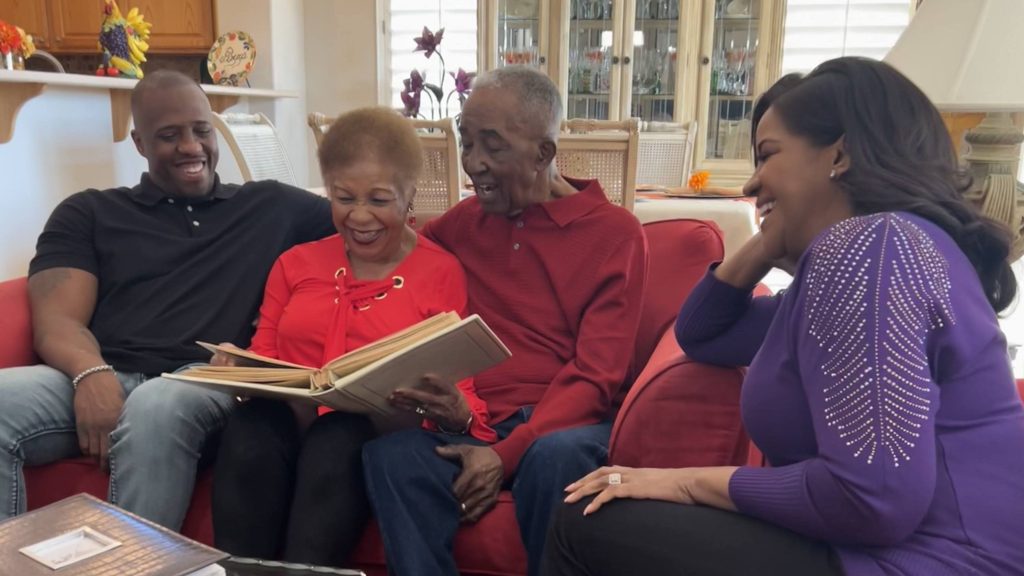
Mayo Clinic Comprehensive Cancer Center and Columbia University recently announced being named the recipients of a $10.6 million grant from the National Cancer Institute to advance research in fighting glioblastoma - one of the deadliest and most aggressive forms of brain cancer.
Every year, thousands are diagnosed with the disease. Many are given little time to live. The prognosis is often poorer for older patients.
Researchers are searching for a cure. Meanwhile a team at Mayo Clinic is also looking for ways to help elderly patients diagnosed with glioblastoma live longer and maintain quality of life.
Now, an investigational study at Mayo Clinic using an innovative approach to treatment has shown promise in improving health outcomes for people like Richard Casper.
Watch: The fight against glioblastoma, one of the deadliest cancers
Journalists: Broadcast-quality video is in the downloads at the end of this post (3:52). Please courtesy: "Mayo Clinic News Network." Read the script.
Love at first sight
Richard and Carol Casper were in their early 20s when they met. Carol was smitten, but not sure Richard would call her again.
"So, anyway, he did," recalls Carol with a twinkle in her eye. "That's where it all started in 1962, and we got married in 1964."
Children soon followed, and their family began traveling the world with Richard's career in the U.S. Air Force.
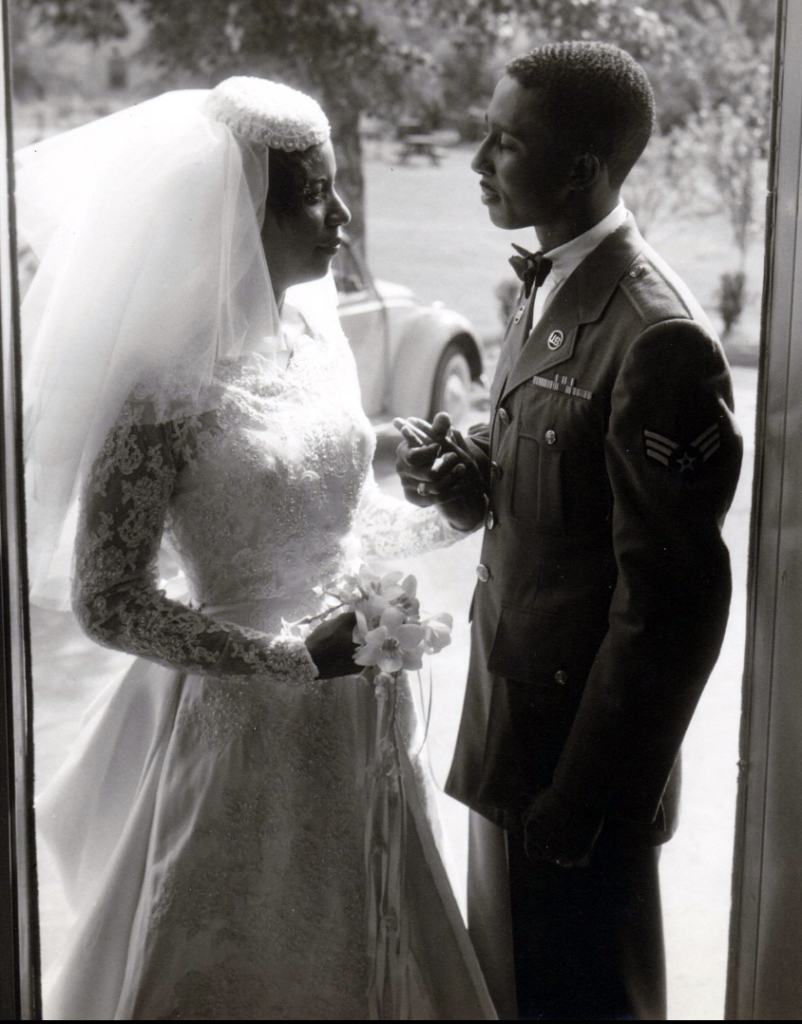
The day their world changed
After nearly 30 years of military service, the couple was looking forward to retirement. Then suddenly, in 2019, Richard suffered a seizure and their world came crashing down. Testing began to identify the cause of his seizures.
Ultimately surgery confirmed the family's worst fear - brain cancer.
"That's when we got the definite diagnosis that it was glioblastoma, stage 4," says Carol. Doctors told the family Richard had less than a year to live.
"We were hit with a bomb."
Carol Casper, Richard's wife
Glioblastoma: The deadliest form of brain cancer
Glioblastoma is one of the most complex and fast-growing forms of brain cancer. It is also the most common primary malignant brain tumor in adults, though it can strike at any age. It can form in the spinal cord or the brain.
"It carries the worst prognosis, and it has to do with the aggressiveness of the cancer," says Sujay Vora, M.D., radiation oncologist with Mayo Clinic Comprehensive Cancer Center in Arizona. "Despite our best treatments, we see patients continue to recur, which requires additional treatments over time."
According to the National Brain Tumor Society, more than 14,490 Americans are expected to be diagnosed in 2023. They estimate approximately 10,000 will die from the disease.
Research to improve patient outcomes
Dr. Vora has been researching brain tumors and ways to improve patient outcomes for the past two decades. His team is now investigating an innovative treatment protocol for elderly patients, like Richard, who are often given less time than average to live.
"Most of these patients are in the six- to nine-month range," says Dr. Vora. "We're looking for ways of providing more effective and better treatments for patients in terms of both quality and quantity of life."
Richard sought treatment at Mayo Clinic in Arizona under the care of Alyx Porter, M.D., a neuro-oncologist. "When people come in, it is one of the scariest times in their life," says Dr. Porter. "My job is to provide them with comfort, reassurance and direction as to what the next steps will be."
"Let me do the worrying, and you all do the living."
Neuro-oncologist Dr. Alyx Porter speaking to the Casper family
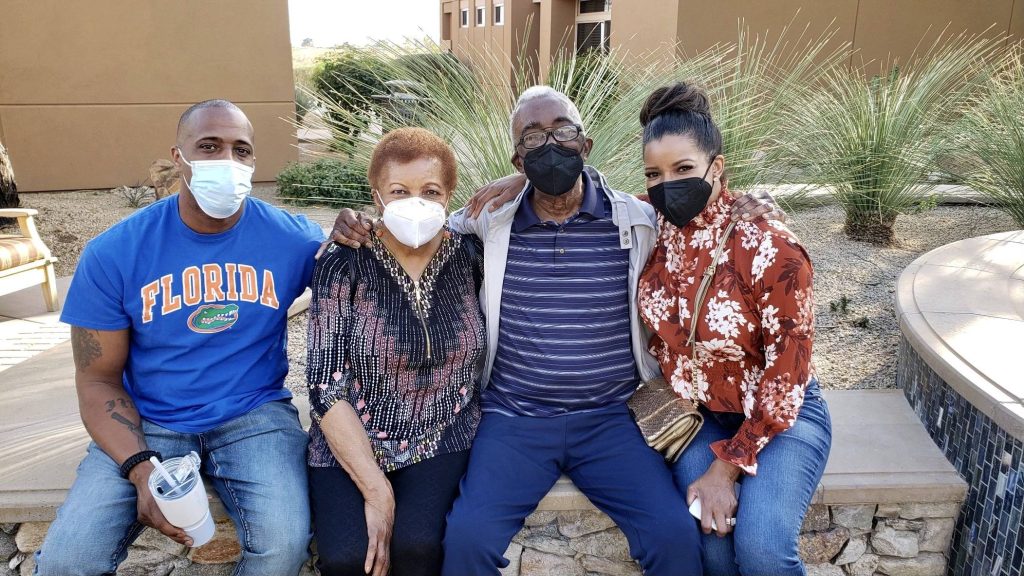
Mayo Clinic's multidisciplinary approach
Mayo Clinic's healthcare model is based on a team approach. Physicians from a variety of disciplines work together to explore the best treatment options for a patient and deliver the highest level of care.
Richard's family was aware there was likely no cure. What they wanted was more time than his prognosis. His healthcare team agreed Richard was an ideal candidate for the clinical trial. Richard told doctors he was ready to be a participant.
"Sign me up. I just need to get my balance back, and I think I'll be able to roll with the punch."
Richard Casper
Targeting cancer cells with advanced medical imaging
Radiation and chemotherapy are often used to try and slow progression of the cancer. The study is investigating an innovative approach researchers hope will help elderly glioblastoma patients live longer with fewer symptoms of the cancer and side effects from treatment.
It incorporates the use of an advanced medical imaging technique, called 18F-DOPA PET and MRI to target specific areas of the brain for treatment and spare healthy tissue.

"18F-DOPA is more or less a special type of sugar that cancer cells take at a faster rate compared to healthy cells that is very specific for glioblastoma. So, with this PET scan, we can actually now identify areas in the brain that are felt to be at highest risk for tumor growth," says Dr. Vora.
The other critical part of this regimen is that it's much more convenient for patients. "Instead of the traditional three to six weeks' worth of radiation, we're able to complete their entire treatment in one to two weeks, which allows more time for patients to stay with their family," says Dr. Vora.
The areas are then targeted with proton beam therapy to destroy cancer cells. Proton beam therapy is innovative technology that can painlessly deliver higher doses of radiation, in a shorter amount of time, with fewer side effects.
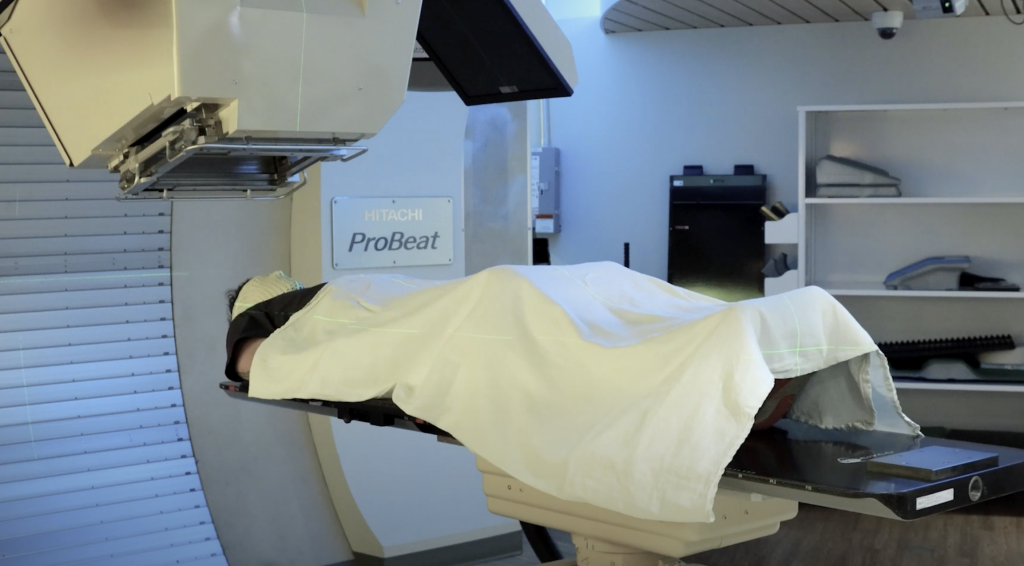
"I felt great," says Richard after completing his treatment. "I wouldn't even know I have a brain tumor right now if someone didn't tell me so."
Dr. Porter credits the study's treatment protocol. "With the shorter course of treatment, it saved him from many of the side effects that we know can be as devastating as the disease itself. He was able to finish the treatment, unscathed, walking and dancing into my office thrilled at how good he actually felt."
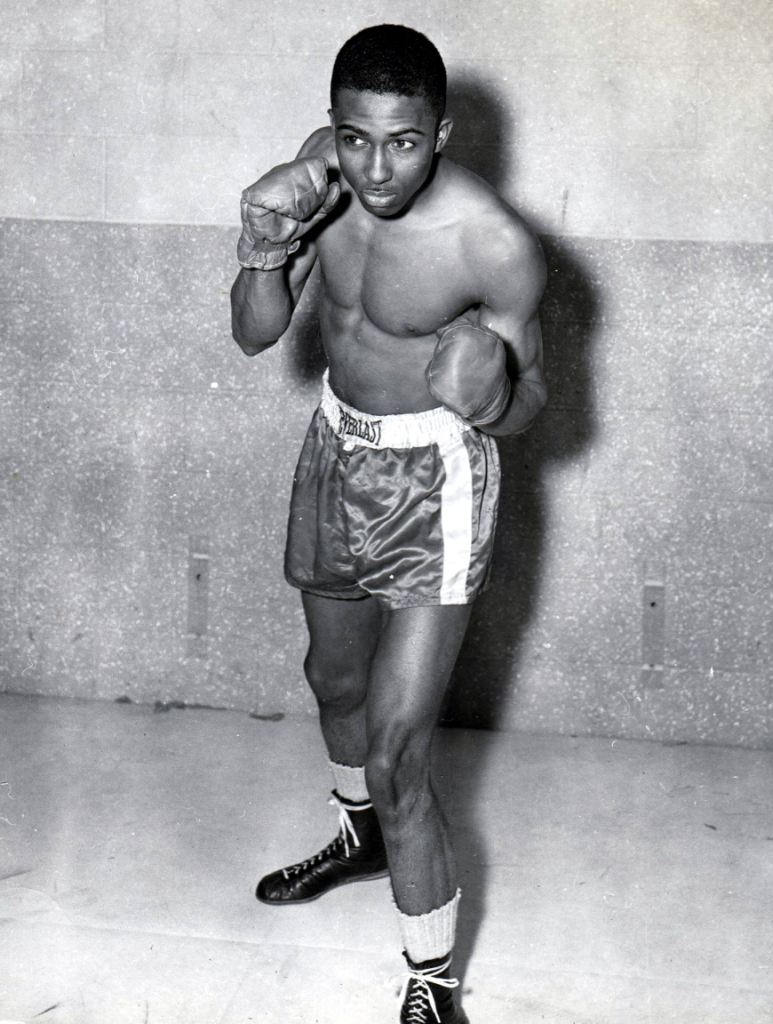
Richard beats the odds
Richard survived almost twice longer than his original prognosis while maintaining his quality of life. "My dad defied the odds and kept going," says Susan, Richard's daughter. "To be almost 2 ½ years in after being told you only have a few months left to live, is quite remarkable."

Photo courtesy: Casper family
The Casper family says they're proud of Richard's courage to help in the fight against cancer. "What he went through, and even during the trial, made a big difference in helping other people," says Carol.
Richard maintained his valiant battle till the end. He died on March 8, 2023. "All of us at Mayo feel very fortunate to have known Mr. Casper," says Dr. Vora. "He was a very special person."
Dr. Vora presented results of the trial at the 2023 American Society of Clinical Oncology.
"The results are quite promising," says Dr. Vora. "We're hoping to see these results carried on in a larger-scale study. If we continue to see the same types of results, we feel it could be a good option moving forward for all cancer patients."
Related posts:
- Mayo Clinic and Columbia University receive $10.6 million grant from NCI to advance glioblastoma research with mathematical oncology
- Consumer Health: What is glioblastoma?
- Discovery’s Edge: Battling brain cancers through genomics
